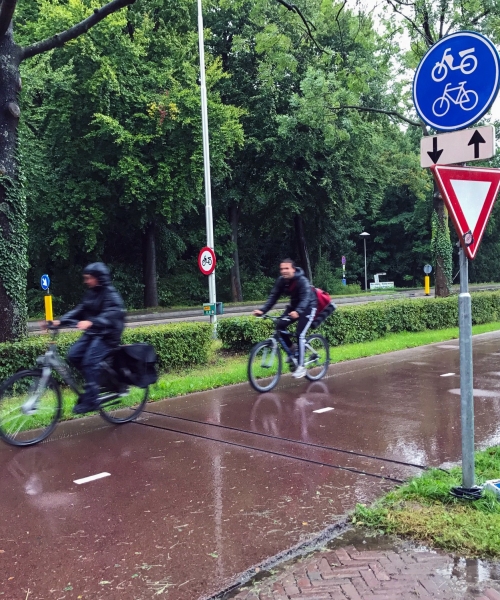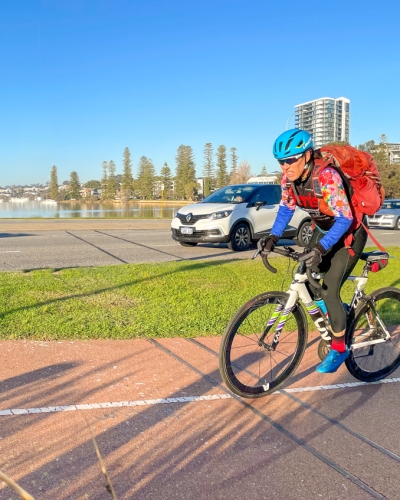Traffic flow analysis and optimisation
By collecting traffic data, such as vehicle counts, speeds, and travel patterns, transportation planners and engineers can analyse the flow of traffic on existing roads. This information helps them understand peak traffic times, identify congestion hotspots, and optimise traffic signal timings. It enables them to design infrastructure that can accommodate current and projected traffic volumes efficiently.
Safety assessment and improvement
Traffic data collection plays a significant role in assessing the safety of roadways and active transport routes. By monitoring accident rates, locations, and types, authorities can identify high-risk areas and make informed decisions to enhance safety measures. This could involve implementing traffic calming measures, improving signage, or developing separated infrastructure for cyclists and pedestrians.
Active transport planning
Active transport, such as walking and cycling, is increasingly prioritised to promote sustainable and healthy mobility. Collecting traffic data related to active transport, such as pedestrian and cyclist volumes, usage patterns, and preferred routes, is essential for designing infrastructure that caters to their needs. This data can help determine the location and design of sidewalks, cycle lanes, and pedestrian crossings, ensuring safer and more accessible routes.

Capacity and infrastructure planning
Collecting traffic data aids in determining the capacity requirements of roadways and active transport infrastructure. By understanding traffic volumes and usage patterns, planners can make informed decisions about lane widths, shoulder widths, intersection configurations, and the need for additional lanes or alternative routes. This data is critical in avoiding bottlenecks, ensuring efficient traffic flow, and accommodating future growth.
Performance evaluation and budget justification
Collecting traffic data after infrastructure is built allows for performance evaluation and justifying the budget expenditure. By comparing the projected traffic volumes and usage patterns with the actual data, authorities can assess the effectiveness of the design and identify any necessary adjustments. This information serves as valuable evidence to demonstrate the impact of the infrastructure investment and justify the allocation of resources for ongoing maintenance or future projects.
Collecting traffic data is crucial for infrastructure design related to road pavements and safe routes for active transport. It helps optimise traffic flow, assess and improve safety, plan for active transport, determine capacity requirements, and evaluate performance. Additionally, collecting post-construction data aids in justifying budget expenditure and making evidence-based decisions for future projects.
If you are looking to enhance your infrastructure design and make data-driven decisions for road pavements and active transport routes, it's essential to have accurate and reliable traffic data. To achieve this, consider enquiring about MetroCount traffic counters. MetroCount offers a range of cutting-edge traffic monitoring solutions that provide comprehensive data on vehicle and active transport movements. With their advanced technology and user-friendly interface, MetroCount traffic counters offer valuable insights into traffic volumes, speeds, and usage patterns. By leveraging this data, you can optimise traffic flow, improve safety, and plan for sustainable and efficient infrastructure. Don't miss out on the opportunity to unlock the power of traffic data—reach out to MetroCount today and take the first step towards smarter infrastructure design.
